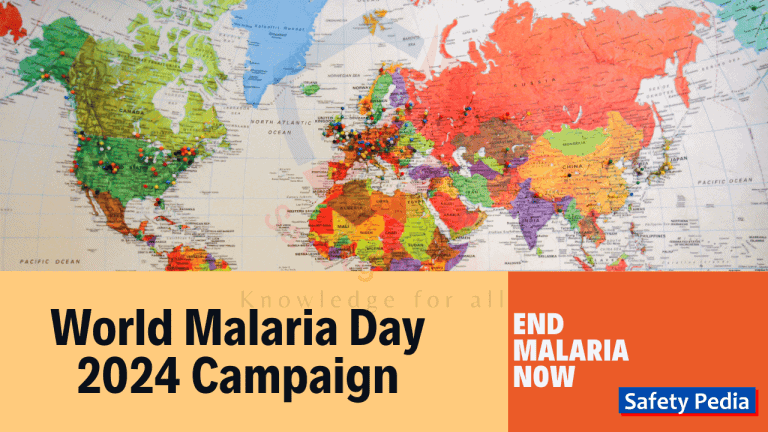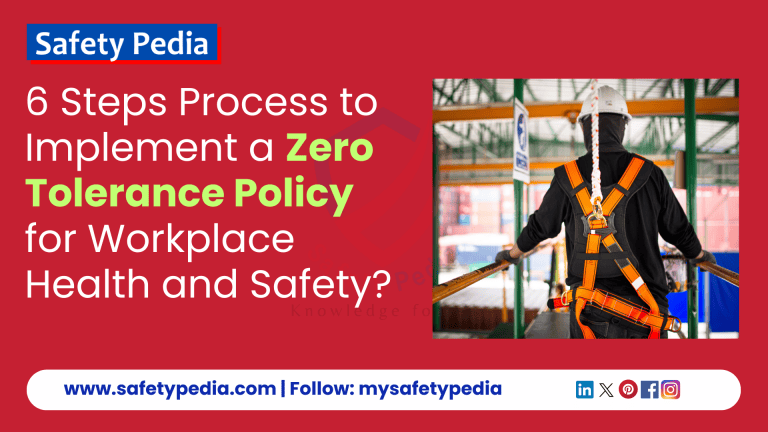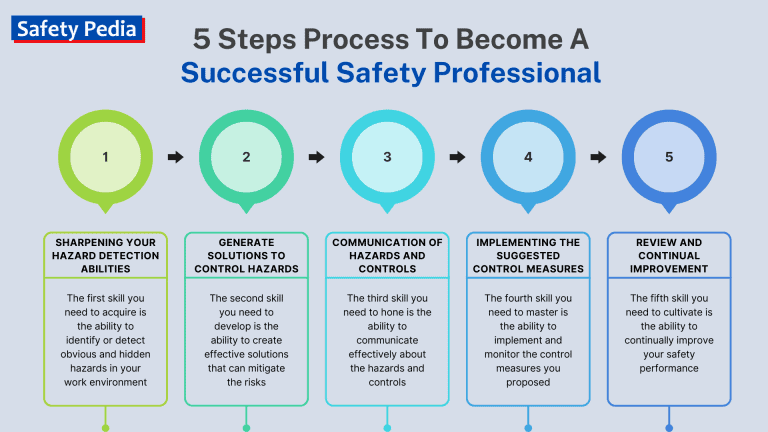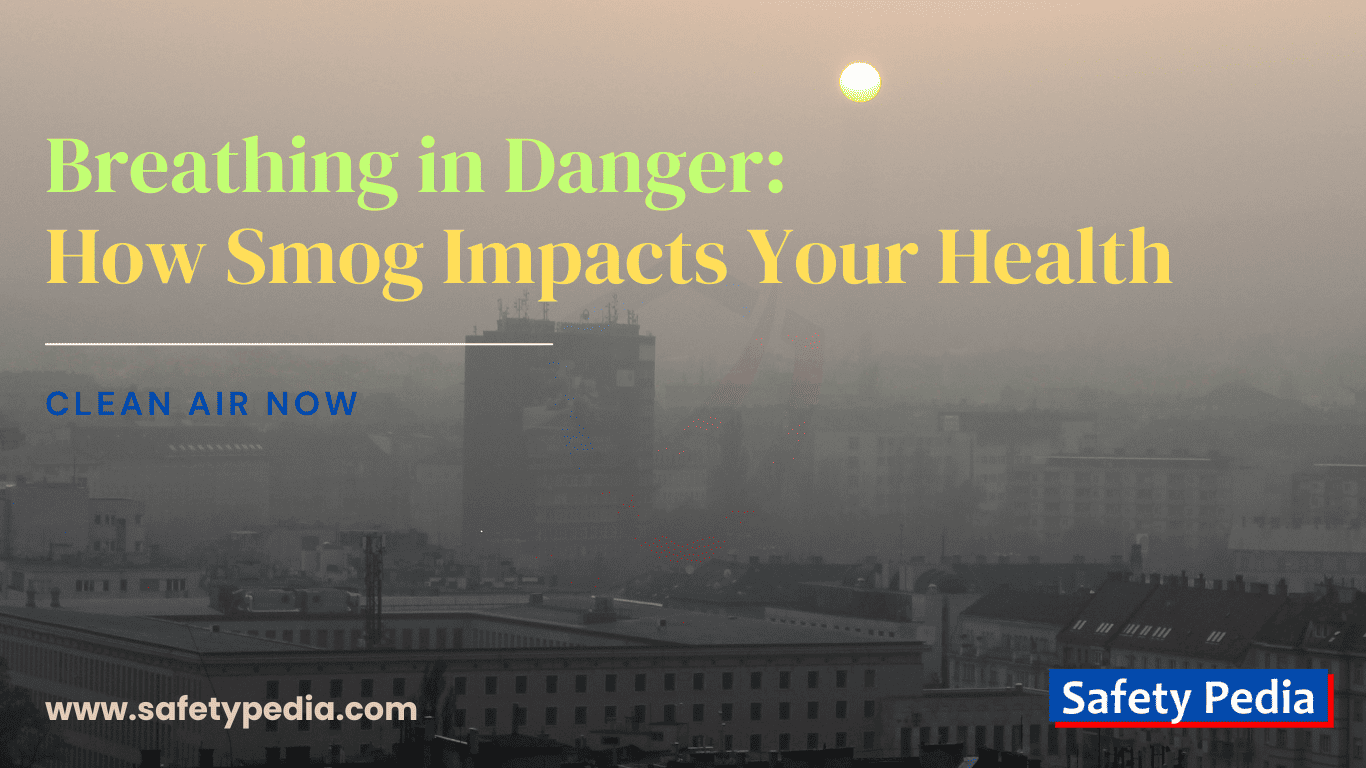
In today’s fast-paced world, where pollution levels continue to rise at an alarming rate, the air we breathe has become a potential hazard to our health. With cities enveloped in a thick cloud of smog, it’s crucial to understand the impact it can have on our overall well-being. Welcome to the eye-opening article, ‘Breathing in Danger: How Smog Impacts Your Health’.
In this informative piece, we delve into the harmful effects of smog on our bodies, painting a vivid picture of the dangers lurking in the air we inhale. From respiratory problems to increased risk of heart disease, the consequences of prolonged exposure to smog are profound and can affect people of all ages.
But don’t worry, we’re not just here to scare you. We also provide practical solutions and tips on how to protect yourself and your loved ones from the harmful effects of smog. By understanding the causes of smog and implementing simple lifestyle changes, we can all take steps towards cleaner and healthier air.
Breathe in, buckle up, and embark on this journey to uncover the hidden truths about smog and how it impacts your health.
Understanding the composition of smog
Smog, a portmanteau of smoke and fog, is a complex mixture of pollutants that combine and linger in the atmosphere. It primarily consists of nitrogen oxides, volatile organic compounds (VOCs), particulate matter, and ozone. These pollutants are emitted from various sources such as vehicular emissions, industrial activities, and fossil fuel combustion. When these pollutants react with sunlight, they form ground-level ozone, which is a major component of smog. The composition of smog can vary depending on the geographical location and prevailing weather conditions.
The formation of smog is most prevalent in urban areas with high population densities and heavy industrial activity. Factors such as temperature inversions, lack of wind, and geographical features can contribute to the accumulation of smog in certain regions. Understanding the composition of smog is crucial to comprehending its harmful effects on our health.
Factors that contribute to smog formation
1. Primary Pollutants:
These nasty actors are directly emitted into the air, forming the building blocks of smog:
- Nitrogen oxides (NOx): Spewed out by vehicle exhaust, power plants, and industrial processes, NOx reacts with sunlight and other pollutants to create ozone, a major component of photochemical smog.
- Volatile organic compounds (VOCs): Released from vehicle exhaust, paints, solvents, and even household products, VOCs combine with NOx in sunlight to form ozone.
- Sulfur dioxide (SO2): Emitted from burning fossil fuels, particularly coal, SO2 converts into sulfuric acid in the atmosphere, contributing to acid rain and particulate matter formation.
- Particulate matter (PM): These tiny airborne particles, including soot, dust, and smoke, come from various sources like vehicle exhaust, construction, and industrial activities. They can irritate the lungs and reduce visibility.
2. Secondary Pollutants:
These troublemakers aren’t directly emitted but form through chemical reactions in the atmosphere:
- Ozone (O3): As mentioned earlier, ozone arises from the photochemical reaction between NOx and VOCs in sunlight. It’s a major irritant and can damage lung tissue.
- Secondary organic aerosols (SOAs): These organic particles form in the atmosphere from the oxidation of VOCs. They contribute to haze and can also affect human health.
3. Weather Conditions:
Certain weather conditions play a crucial role in smog formation and persistence:
- Sunlight: Strong sunlight is essential for the photochemical reactions that create ozone and other secondary pollutants. Smog is often worse during hot, sunny days.
- Temperature inversions: These occur when a warm layer of air traps cooler air and pollutants below, preventing their dispersion. This can lead to concentrated smog episodes.
- Wind speed: Low wind speeds allow pollutants to accumulate and stagnate, worsening smog conditions.
The Complex Recipe:
Smog formation is a complex interplay between these factors. The specific mix of pollutants, weather conditions, and topography can vary greatly from place to place, leading to different types and severity of smog. Understanding these contributing factors is crucial for developing effective strategies to combat this pervasive environmental and health threat.
By reducing emissions of primary pollutants, mitigating the effects of weather conditions through urban planning and green spaces, and promoting research into cleaner technologies, we can work towards a future with clearer skies and healthier lungs. Remember, even small individual actions like minimizing car use and opting for sustainable products can contribute to a cleaner air future for all. Let’s all be responsible stewards of our atmosphere!
What is London Smog?
When we talk about “London Smog,” we’re not just referring to any old hazy day. We’re talking about a specific, historically significant event – the Great Smog of 1952. This wasn’t just a period of inconveniently murky skies; it was a five-day environmental disaster that blanketed London in a thick, toxic fog, causing widespread health problems and even death.
Sulfurous smog, also known as “London smog”, is caused by the burning of sulfur-containing fossil fuels, such as coal. Sulfur dioxide (SO2) and particulate matter (PM) are emitted into the air, where they react with water vapor and other substances to form sulfuric acid (H2SO4) and other acidic compounds. Sulfurous smog is characterized by a grayish or brownish color and a pungent odor. It can irritate the eyes, nose, throat, and lungs, and cause respiratory diseases, such as bronchitis and asthma.
A Toxic Cocktail:
The Great Smog wasn’t just regular fog. It was a potent cocktail of pollutants, primarily:
- Smoke: From coal-burning power plants and domestic fireplaces, filling the air with soot and other harmful particles.
- Sulfur dioxide: Released from burning coal, forming sulfuric acid in the atmosphere and contributing to acid rain.
- Nitrogen oxides: Emitted from vehicles and industrial processes, reacting with sunlight to create ozone, a major irritant.
Weather Woes:
These pollutants wouldn’t have been so problematic if not for the weather conditions. A high-pressure system settled over London, trapping the pollutants close to the ground and preventing them from dispersing. This created a temperature inversion, where a layer of warm air above held down the cooler, polluted air below, like a lid on a pot.
The Devastating Impact:
The consequences of the Great Smog were severe:
- Thousands of deaths: Estimates range from 4,000 to 12,000 excess deaths attributed to the smog, primarily from respiratory problems like pneumonia and bronchitis.
- Widespread health problems: Many more people suffered from respiratory illnesses, eye irritation, and other health issues.
- Transportation chaos: Visibility dropped to near zero, causing accidents and disruption to public transportation.
A Turning Point:
The Great Smog was a wake-up call for London and the world. It highlighted the dangers of air pollution and spurred action to improve air quality. The Clean Air Act of 1956 was a direct result of the smog, introducing regulations on coal burning and industrial emissions.
Lessons Learned:
The Great Smog of 1952 serves as a stark reminder of the dangers of air pollution and the importance of taking action to protect public health. While London’s air quality has improved significantly since then, the city and the world still face challenges from air pollution. The lessons learned from the Great Smog continue to be relevant today as we strive for cleaner air and a healthier future.
Remember:
- The Great Smog of 1952 was a devastating environmental event that caused thousands of deaths and widespread health problems.
- The smog was caused by a combination of air pollution and weather conditions.
- The event led to stricter regulations on air pollution and improved air quality in London.
- The lessons learned from the Great Smog are still relevant today as we work to combat air pollution around the world.
What is Los Angeles smog?
Unlike the sulfurous smog of London, Los Angeles smog is a different beast altogether. It’s a type of photochemical smog, also known as smog or oxidant smog, characterized by its brownish haze and pungent odor.
Photochemical smog, also known as “Los Angeles smog”, is caused by the reaction of NOx and VOCs in the presence of sunlight. NOx are produced by high-temperature combustion processes, such as in vehicles and power plants. VOCs are organic compounds that evaporate easily, such as gasoline, paints, pesticides, and solvents. When NOx and VOCs are exposed to sunlight, they form ozone (O3) and other oxidants, such as peroxyacetyl nitrate (PAN) and nitric acid (HNO3).
Ozone is a highly reactive gas that can damage living tissues and materials. Photochemical smog is characterized by a yellowish or brownish color and a sharp odor. It can cause coughing, wheezing, shortness of breath, chest pain, inflammation of the airways, and aggravation of asthma and other chronic lung diseases. Here’s a deeper dive into this environmental phenomenon:
Ingredients:
The key players in Los Angeles smog are:
- Nitrogen oxides (NOx): Released from vehicle exhaust and industrial emissions, NOx reacts with sunlight and other pollutants to form ozone, a major component of photochemical smog.
- Volatile organic compounds (VOCs): Emitted from vehicle exhaust, paints, solvents, and even household products, VOCs combine with NOx in sunlight to form ozone and other secondary pollutants.
- Sunlight: Strong sunlight is essential for the photochemical reactions that create ozone and other secondary pollutants. Los Angeles’ sunny climate creates the ideal conditions for smog formation.
Formation:
Unlike London smog, which results from directly emitted coal-burning pollutants, Los Angeles smog forms through complex chemical reactions in the atmosphere. These reactions require sunlight, making smog worse during hot, sunny days.
Contributing Factors:
- Vehicle emissions: Los Angeles is a car-dependent city, and exhaust fumes are a major source of NOx and VOCs, the key ingredients for smog formation.
- Industrial emissions: Some industries also contribute to smog by emitting pollutants like NOx and VOCs.
- Geography: The city’s basin surrounded by mountains can trap pollutants, preventing them from dispersing and worsening smog episodes.
Health Effects:
Los Angeles smog can have various negative health impacts, including:
- Respiratory problems: Irritation, coughing, wheezing, and worsening of existing respiratory conditions like asthma and bronchitis.
- Cardiovascular problems: Increased heart rate, blood pressure, and risk of heart attacks and strokes.
- Eye irritation: Redness, burning, and watering of the eyes.
- Long-term health risks: Increased risk of developing chronic lung diseases, cancer, and other health problems.
History and Challenges:
Los Angeles has a long history with smog, with some of the worst episodes occurring in the 1950s and 1960s. However, significant progress has been made through stricter regulations on vehicle emissions and industrial processes. Despite these improvements, smog remains a persistent challenge in the region, and further efforts are needed to achieve clean air standards.
Comparison to London Smog:
- Composition: London Smog is primarily sulfurous, while Los Angeles smog is photochemical.
- Cause: London Smog arises from direct coal burning, while Los Angeles smog forms through sunlight-driven chemical reactions.
- Visibility: London Smog causes dense, dark fog, while Los Angeles smog typically creates a brownish haze.
- Health Effects: Both types of smog are harmful, but Los Angeles smog mainly affects the respiratory system, while London Smog also had significant cardiovascular impacts.
The Fight for Clean Air:
The story of Los Angeles smog is a testament to the effectiveness of environmental regulations and technological advancements in reducing air pollution. However, it also highlights the ongoing challenges and continued need for vigilance and further action to ensure clean air for all.
Combating Los Angeles Smog:
Efforts to reduce Los Angeles smog have included:
- Stricter emission regulations: Limiting NOx and VOC emissions from vehicles and industries.
- Promoting alternative fuels: Encouraging the use of electric vehicles and other clean transportation options.
- Improving public transportation: Making public transportation more accessible and efficient to reduce car use.
- Urban planning: Incorporating green spaces and promoting walkable communities to improve air quality.
- Investing in renewable energy: Transitioning away from fossil fuels can also help to decrease air pollution and combat smog.
Despite these efforts, Los Angeles smog remains a challenge. However, ongoing research and development of new technologies offer hope for further improvement in air quality and a healthier future for the city.
Health effects of smog exposure
Prolonged exposure to smog can have severe health implications. The respiratory system is particularly vulnerable to the damaging effects of smog. When we breathe in polluted air, the harmful pollutants present in smog can penetrate deep into our lungs, causing inflammation and irritation. This can lead to respiratory symptoms such as coughing, wheezing, shortness of breath, and chest tightness. Individuals with pre-existing respiratory conditions, such as asthma and chronic obstructive pulmonary disease (COPD), are especially susceptible to exacerbations triggered by smog.
Apart from respiratory problems, smog can also have a detrimental impact on cardiovascular health. Studies have shown that exposure to smog can increase the risk of heart attacks, strokes, and other cardiovascular diseases. The fine particles present in smog can enter the bloodstream and cause inflammation, leading to the formation of plaques in the arteries. This, in turn, can restrict blood flow and contribute to the development of cardiovascular conditions.
Smog and respiratory health
The respiratory system is directly affected by the pollutants present in smog. When inhaled, these pollutants irritate the airways and can cause inflammation, leading to various respiratory symptoms. The fine particulate matter present in smog can penetrate deep into the lungs and cause damage to the delicate tissues. This can impair lung function and decrease the oxygen-carrying capacity of the blood.
Long-term exposure to smog has been linked to the development of respiratory conditions such as bronchitis, emphysema, and even lung cancer. The toxic substances present in smog can cause irreversible damage to the respiratory system, increasing the risk of chronic respiratory diseases. Children and the elderly, with their still-developing or weakened respiratory systems, are particularly vulnerable to the adverse effects of smog on respiratory health.
- Immediate Effects: Smog irritates the airways, causing coughing, wheezing, and shortness of breath. It can worsen existing respiratory conditions like asthma and bronchitis, leading to attacks and increased use of medication.
- Long-Term Effects: Chronic exposure to smog can lead to the development of chronic obstructive pulmonary disease (COPD), lung damage, and even lung cancer. The tiny particles in smog can penetrate deep into the lungs, causing inflammation and scarring.
Smog and cardiovascular health
- Immediate Effects: Smog can increase blood pressure and heart rate, putting additional strain on the cardiovascular system. It can also trigger arrhythmias (irregular heartbeats) and increase the risk of blood clots.
- Long-Term Effects: Chronic exposure to smog is linked to an increased risk of heart attacks, strokes, and heart failure. The inflammation caused by smog can damage blood vessels and contribute to the development of atherosclerosis (plaque buildup in arteries).
Smog and the impact on children’s health
- Children are particularly vulnerable to the effects of smog because their lungs are still developing. Exposure can lead to reduced lung function, increased respiratory infections, and even developmental delays.
- Pregnant women exposed to smog are more likely to deliver babies with low birth weight, which can have long-term health consequences.
Remember:
- The severity of the health effects of smog depends on several factors, including the concentration of pollutants, duration of exposure, and individual vulnerability.
- People with pre-existing health conditions are at an increased risk of experiencing severe health effects from smog.
Pre-existing conditions that are worsened by smog
For individuals already living with certain health conditions, smog can worsen their symptoms and overall well-being. Conditions such as asthma, COPD, and allergies can be significantly aggravated by exposure to smog. The already compromised respiratory systems of these individuals are further strained by the presence of pollutants in the air they breathe. This can lead to more frequent and severe asthma attacks, increased respiratory distress, and heightened allergic reactions.
Moreover, individuals with cardiovascular diseases, such as hypertension and coronary artery disease, are also at a higher risk when exposed to smog. The inflammatory response triggered by smog can further strain their cardiovascular system, potentially leading to life-threatening complications. It is crucial for individuals with pre-existing conditions to take extra precautions and minimize exposure to smog to maintain their health and well-being.
Other health complications caused by smog
Aside from respiratory and cardiovascular health, smog has been associated with a range of other health complications. Studies have linked smog exposure to an increased risk of low birth weight in newborns, premature births, and developmental issues in children. The pollutants present in smog can cross the placental barrier and affect the developing fetus, leading to long-lasting health implications.
Additionally, smog has been linked to neurological disorders such as Parkinson’s disease and cognitive decline. The fine particles in smog can enter the brain through the olfactory nerves and cause inflammation and oxidative stress, contributing to the development of these conditions. Furthermore, smog has also been linked to eye irritation, skin problems, and compromised immune function.
Smog can also affect the environment by reducing visibility, damaging crops and vegetation, acidifying soils and waters, and contributing to climate change. Smog can reduce visibility by scattering and absorbing light, which can impair traffic safety and affect tourism and recreation. Smog can damage crops and vegetation by reducing photosynthesis, impairing growth, increasing susceptibility to pests and diseases, and causing leaf injury and premature senescence. Smog can acidify soils and waters by depositing acidic compounds, which can leach nutrients, lower pH, increase metal solubility, and harm aquatic life. Smog can contribute to climate change by altering the radiative balance of the atmosphere, either by reflecting or absorbing solar radiation (cooling effect) or by trapping infrared radiation (warming effect).
Promoting awareness and taking action against smog pollution
Smog, that murky shroud enveloping our cities, isn’t just an eyesore; it’s a serious threat to our health and the environment. But fear not! By raising awareness and taking action, we can breathe easier and build a cleaner future for everyone.
Unmasking the Villain: Educational campaigns using impactful visuals like infographics and photos depicting the harmful effects of smog on lungs, children, and even iconic landmarks can grab attention and drive home the urgency of action.
Empowering the Public: Interactive workshops and educational resources can equip individuals with knowledge about air quality monitoring, the sources of smog, and simple lifestyle changes they can make to minimize their contribution.
Harnessing the Power of Media: Partnering with news outlets, social media influencers, and artists can amplify the message about smog pollution and reach diverse audiences through creative storytelling and engaging content.
Policy Push: Advocating for stricter emission regulations for industries and vehicles, promoting investment in renewable energy sources, and supporting policies that prioritize sustainable urban planning can create a systemic shift towards cleaner air.
Community Champions: Empowering local communities to plant trees, create green spaces, and organize car-free days can foster a sense of ownership and collective action against smog pollution.
Individual Choices: Choosing public transportation, cycling, walking, and carpooling whenever possible, opting for energy-efficient appliances, and minimizing the use of personal vehicles can significantly reduce individual carbon footprints and contribute to cleaner air.
Additional tips:
- Organize smog-free events, encouraging people to participate in outdoor activities when air quality is good.
- Partner with businesses and organizations to promote clean air initiatives and responsible practices.
- Support research and development of innovative solutions for smog mitigation and air pollution control.
- Celebrate successes and milestones in the fight against smog pollution to maintain momentum and inspire continued action.
Together, we can create a world where clear skies and clean air are not just a dream, but a reality for all.
Tips for protecting yourself from smog
While it may seem challenging to escape the clutches of smog, there are practical steps you can take to protect yourself and your loved ones from its harmful effects. Here are some tips to help you minimize your exposure to smog:
- Stay informed about the air quality in your area by regularly checking air quality indexes and pollution forecasts. This will allow you to plan outdoor activities accordingly.
- Avoid outdoor activities during periods of high smog levels, especially during hot and sunny days when smog formation is at its peak. If you must be outside, try to do so early in the morning or late in the evening when pollution levels are generally lower.
- Create a clean indoor environment by keeping doors and windows closed, especially during peak smog periods. Use air purifiers with HEPA filters to remove pollutants from the indoor air.
- Open windows and doors briefly during periods of low air pollution to let fresh air in.
- When traveling, choose routes that avoid heavily polluted areas or times when smog levels are high.
- When the air quality is bad, choose low-impact indoor exercises like yoga or swimming.
- Drinking plenty of water helps flush toxins out of your body.
- Eat a healthy diet rich in fruits, vegetables, and whole grains to support your body’s natural defenses.
- Wear a mask, preferably one with a high-filtration efficiency, when venturing outdoors in areas with high smog levels. This can help filter out a significant portion of the pollutants present in the air.
- Support and participate in initiatives aimed at reducing smog levels, such as carpooling, using public transportation, and advocating for stricter emission regulations
Bonus Tip: Plants can be your natural air purifiers! Adding some indoor plants like snake plants, peace lilies, and spider plants can help improve air quality.
Remember, every small step counts. By implementing these tips, you can reduce your exposure to smog and protect your health and the health of those around you.
Government initiatives to reduce smog levels
Governments around the world have recognized the severity of the smog problem and have taken steps to reduce its impact on public health. These initiatives vary from country to country but generally involve stricter emission regulations, promoting renewable energy sources, and implementing air quality monitoring systems.
Emission standards: Setting stricter limits on emissions from vehicles, industries, and power plants is a crucial step. Many countries are phasing out older, dirtier vehicles and promoting cleaner fuels like electric cars.
Air quality monitoring: Continuously monitoring air quality levels helps identify pollution hotspots and track progress in reducing smog. Sophisticated monitoring systems provide real-time data to the public and policymakers. Air quality monitoring systems have also been established to provide real-time information on pollution levels. Its integration with artificial intelligence can allow authorities to issue timely warnings and advisories, enabling individuals to take appropriate measures to protect themselves from smog.
Promoting public transportation: For instance, some countries have introduced emissions standards for vehicles, requiring them to meet certain pollution control criteria. Encouraging people to use buses, trains, and bicycles instead of cars reduces traffic congestion and emissions. Additionally, investments in public transportation infrastructure and incentives for using eco-friendly modes of transport have been implemented to reduce the number of vehicles on the road.
Investing in renewable energy: The promotion of renewable energy sources, such as solar and wind power, aims to decrease reliance on fossil fuels, which are major contributors to smog formation. Transitioning from fossil fuels to renewable energy sources like solar, wind, and geothermal power significantly reduces air pollution. Many countries are setting ambitious targets for renewable energy deployment.
Promoting green spaces: Planting trees and creating parks in cities helps trap pollutants and improve air quality. Urban greening initiatives are becoming increasingly popular around the world.
Smart city planning: Designing cities with walkable streets, bike lanes, and mixed-use developments can encourage people to get around without cars, reducing emissions.
Transboundary agreements: Addressing air pollution effectively often requires collaboration between countries, as smog can travel long distances. International agreements like the Transboundary Air Pollution Protocols under the UNECE Air Convention help tackle regional air pollution problems.
Challenges and the Road Ahead:
Reducing smog is a complex challenge that requires sustained effort from governments, businesses, and individuals. Challenges include:
- Economic considerations: Transitioning to cleaner technologies and infrastructure can be expensive.
- Political will: Implementing effective policies often requires overcoming resistance from vested interests.
- Public awareness: Raising public awareness about the dangers of smog and encouraging behavioral changes is crucial.
Despite these challenges, there is growing momentum behind the fight against smog. As public awareness increases and the economic and health benefits of clean air become more evident, we can expect to see even more ambitious and effective initiatives emerge in the years to come.
Remember, everyone can play a role in reducing smog by making conscious choices like opting for public transportation, minimizing car use, and supporting clean air policies. Together, we can create a cleaner future for ourselves and future generations.
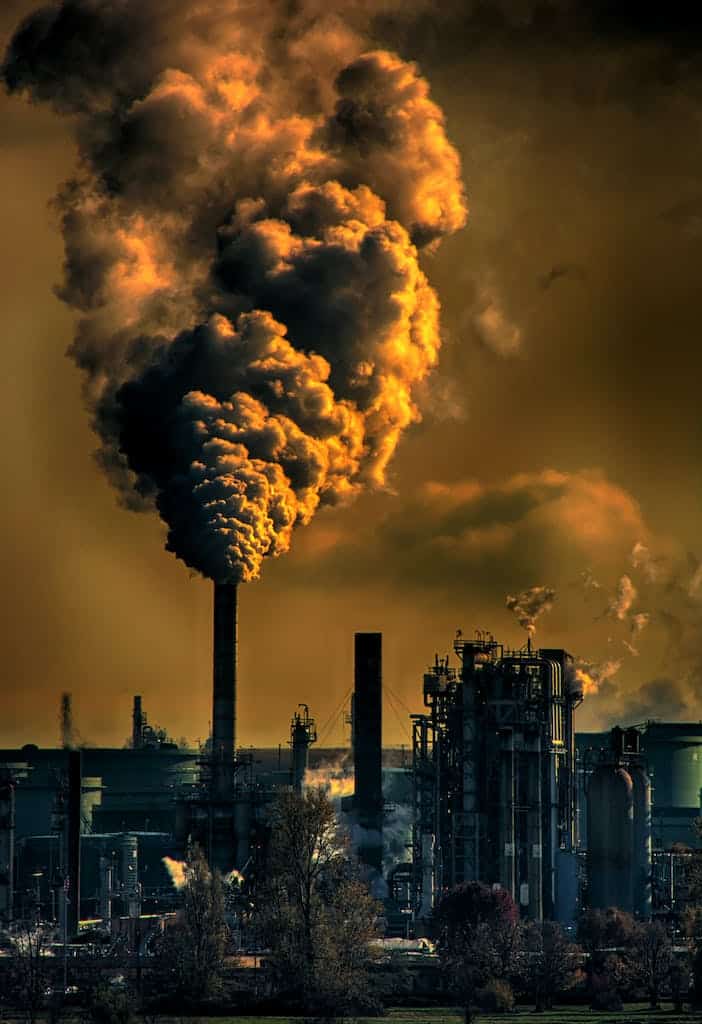
The role of individuals in reducing smog pollution
While government initiatives play a crucial role in combating smog pollution, individuals also have a responsibility to contribute to the solution. Here’s how you can make a difference:
- Opt for eco-friendly modes of transportation whenever possible. Use public transportation, carpool, cycle, or walk for shorter distances. By reducing the number of vehicles on the road, you can help decrease smog levels.
- Conserve energy and reduce your carbon footprint. Use energy-efficient appliances, turn off lights when not in use, and unplug electronics when they’re not being used. Small actions like these can have a big impact on reducing smog-forming emissions.
- Support and advocate for clean energy sources. Encourage the use of renewable energy in your community and promote the adoption of sustainable practices.
- Plant trees and create green spaces. Trees act as natural air filters, absorbing pollutants and releasing oxygen. By planting trees and supporting urban greening initiatives, you can contribute to cleaner air.
- Educate others about the harmful effects of smog and the importance of taking action. Share information on social media, participate in community events, and engage in discussions about air pollution.
Remember, every effort counts, and together, we can make a significant impact in reducing smog pollution and improving the air we breathe.
Conclusion: Taking action against smog for a healthier future
Breathing in danger is not a choice we should have to make. Smog, with its harmful composition of pollutants, poses a significant threat to our health and well-being. The consequences of prolonged exposure to smog range from respiratory problems to cardiovascular diseases and even neurological disorders. It’s crucial to understand the impact of smog on our bodies and take steps to protect ourselves and our loved ones.
By staying informed, implementing practical tips, and supporting government initiatives, we can reduce our exposure to smog and contribute to cleaner air. Additionally, individual efforts, such as opting for eco-friendly transportation and promoting clean energy sources, can collectively make a significant difference in reducing smog pollution.
Let’s take action today for a healthier future. Together, we can breathe in clean, fresh air and safeguard our health for generations to come.
Reference:
https://www.cdc.gov/climateandhealth/effects/air_pollution.htm
Your one click can make a difference
Keep sharing and promoting health and safety awareness!
Related posts:
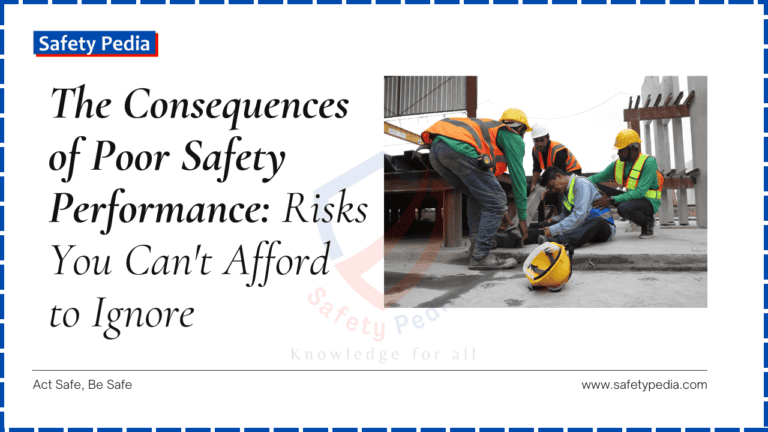
The Consequences of Poor Safety Performance: Risks You Can’t Afford to Ignore
Discover the potential consequences of poor safety performance in the workplace and how they can negatively impact both employees and the company as a whole.

18 Common Challenges in Improving Safety Performance at Work
Discover 18 common challenges in improving safety performance at work. Learn how to overcome these obstacles for a safer workplace.
20 Best Ways to Improve Safety Performance in the Workplace
Discover the 20 best ways to improve safety performance at workplace, including actionable strategies for hazard prevention, employee engagement, safety training, and cultivating a culture of well-being.
Join Our Safety Community!
Stay informed with the latest tips and insights on occupational health, safety, and the environment.

